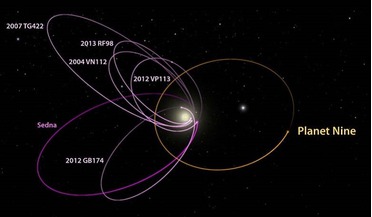 22 January 2016
Possible “Planet Nine” Discovery Announced
22 January 2016
Possible “Planet Nine” Discovery Announced
... closer to the sun and been kicked out to its current location after a gravitational interaction with Jupiter or Saturn. “One of the most startling discoveries about other planetary systems has been that the most common...
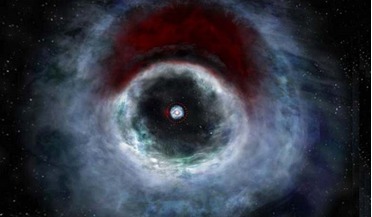 15 February 2016
Astronomers provide new insights into planet formation around binary stars
15 February 2016
Astronomers provide new insights into planet formation around binary stars
.... They are separated by approximately one billion miles: a little more than the distance from the Sun to Saturn. The disk of HD 142527 begins incredibly far from the central star – about 50 times the Sun-Earth...
 16 March 2016
Fog looms large on Titan
16 March 2016
Fog looms large on Titan
Titan’s thick nitrogen and methane atmosphere is reason enough not to linger long on the surface of this unique moon, now scientists working at the Centre for Research in Earth and Space Science in Toronto, Canada, have found another good reason not...
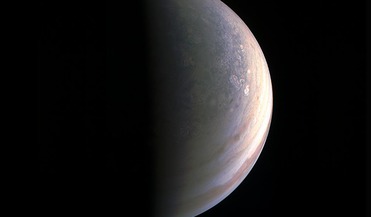 05 September 2016
Surprises for Jupiter as Juno sends back its first images
05 September 2016
Surprises for Jupiter as Juno sends back its first images
... to be released, these unique discoveries have already highlighted Jupiters distinctiveness and the differences do not stop there. "Saturn has a hexagon at the north pole," said Bolton. "There is nothing on Jupiter that anywhere near resembles that...
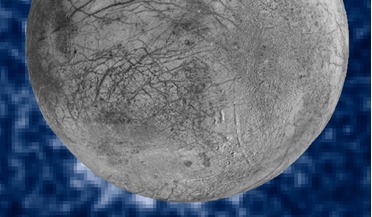 27 September 2016
Astronomers observe possible water vapour plumes on Europa
27 September 2016
Astronomers observe possible water vapour plumes on Europa
..., Europa would be the second moon in the solar system known to have water vapour plumes. The other is Saturn's moon Enceladus, which In 2005, was detected by NASA's Cassini orbiter to produce jets of water vapour and dust...
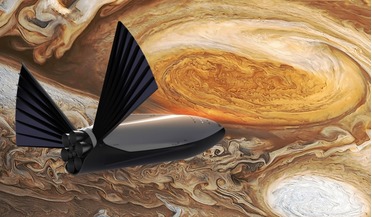 28 September 2016
Musk unveils ambitious plans for Mars
28 September 2016
Musk unveils ambitious plans for Mars
... Transportation System (ITS) and together they stand 122 m tall, bigger than an Apollo-era Moon programme Saturn V rocket. The booster will have 42 Raptor engines arranged in concentric circles. The spaceship itself will have...